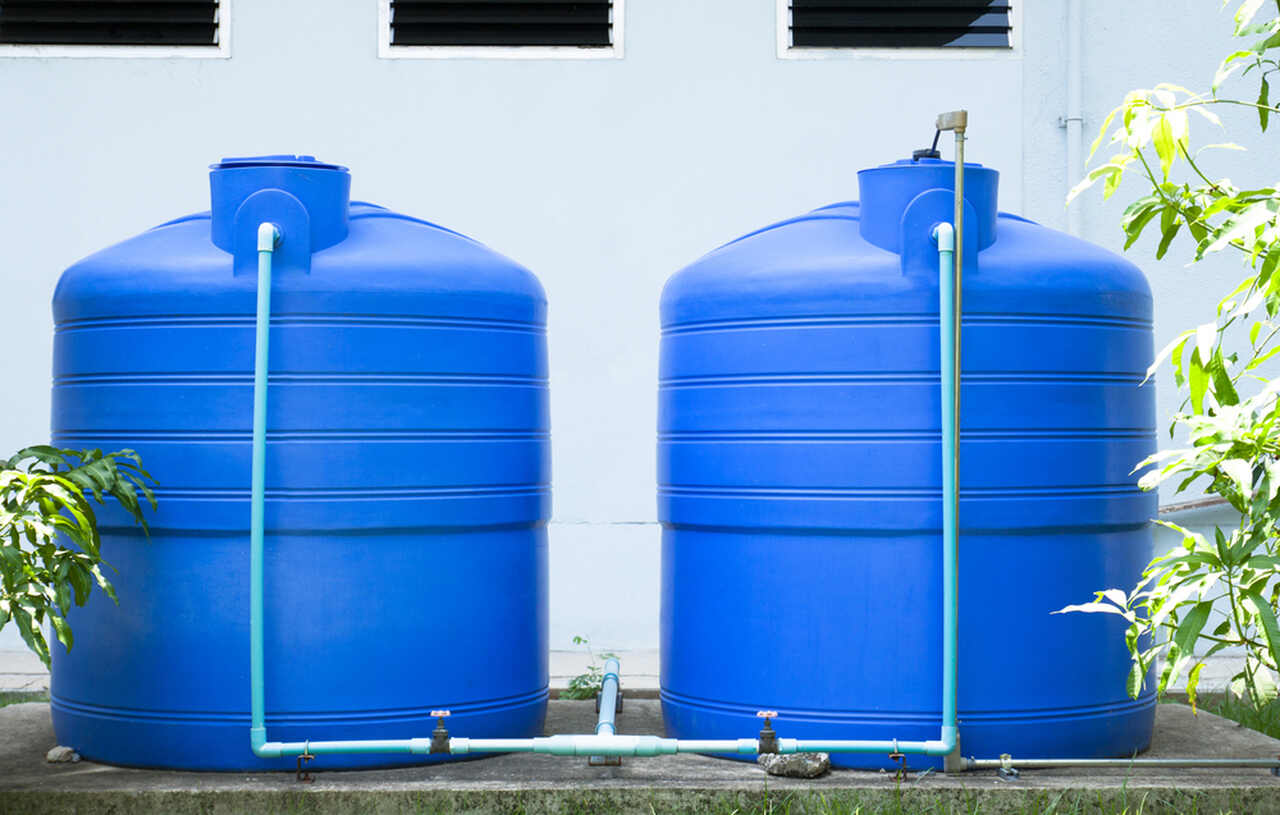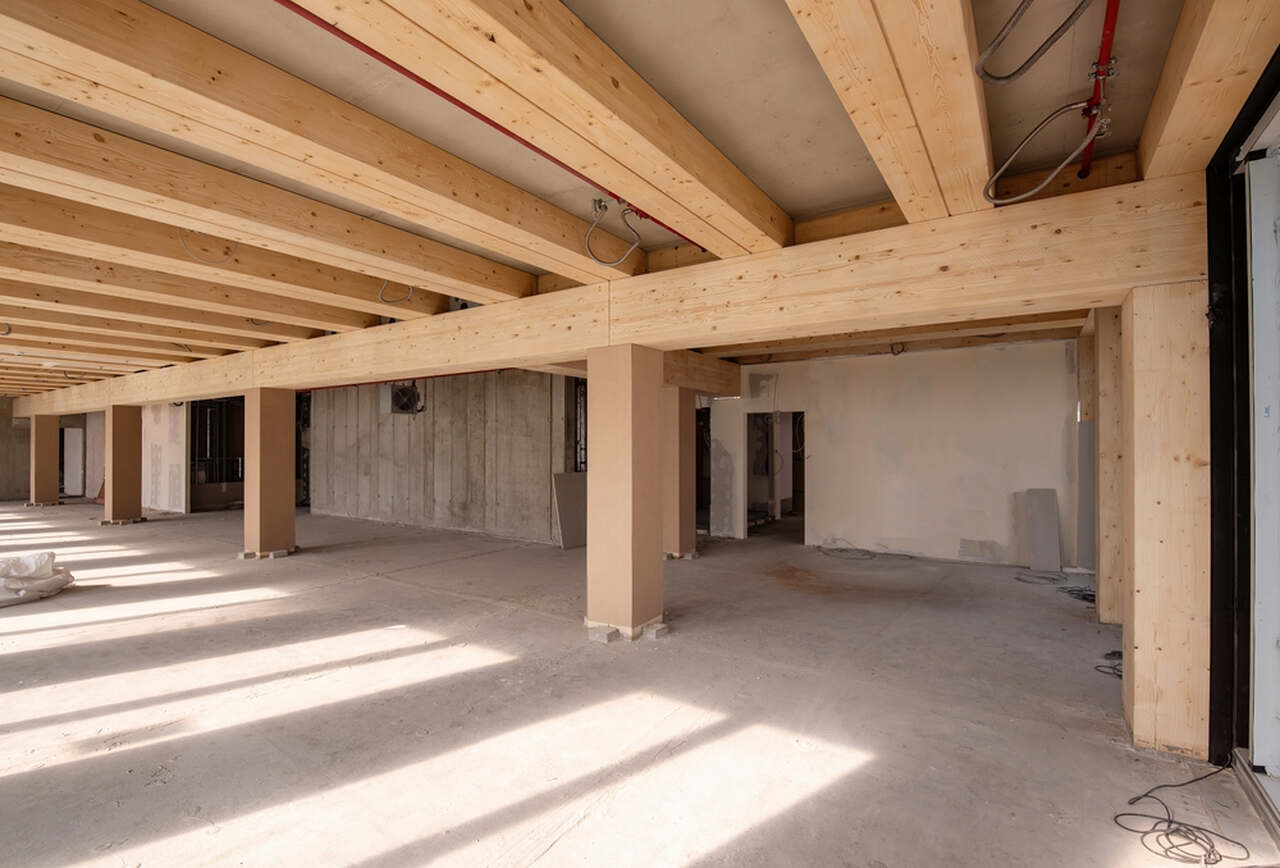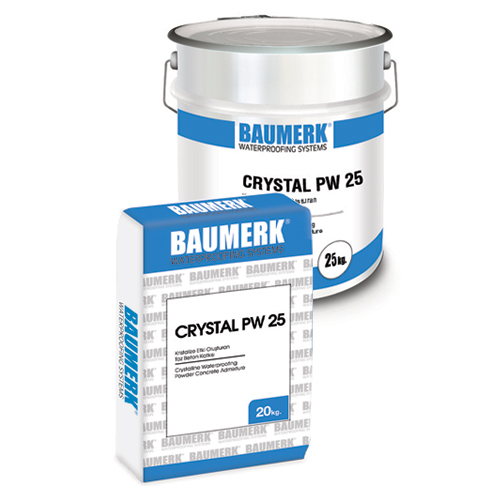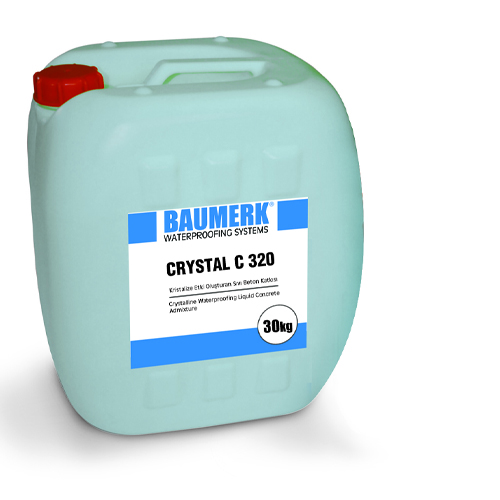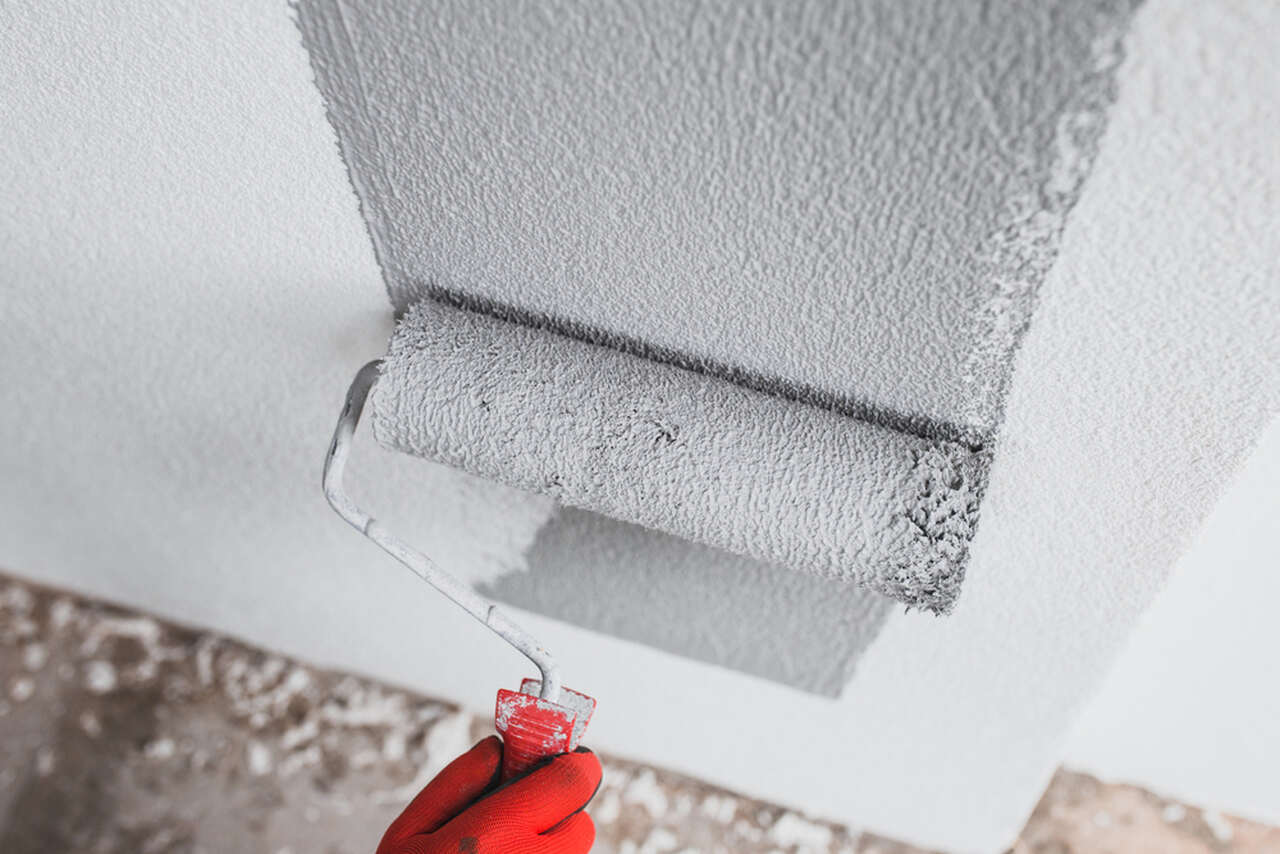
Protecting a home or any building from water damage is very important. One of the most vulnerable parts of any building is its exterior walls, which are exposed to the elements and can be susceptible to water damage. Water leaks can cause significant damage to a building's structure, resulting in costly repairs and even posing health risks to occupants. This is where exterior wall waterproofing comes into play.
Whether you are a home or business owner, understanding the importance of exterior wall waterproofing can help you protect your building, avoid costly repairs, and maintain a safe and healthy living or working environment.
Waterproofing creates a barrier between exterior walls and water, helping to prevent water leaks and protect the building from damage. This article, prepared by Baumerk, construction chemicals specialist, will examine what exterior waterproofing is, how it is done, and the materials used to protect the exterior of buildings.
What is Exterior Waterproofing?
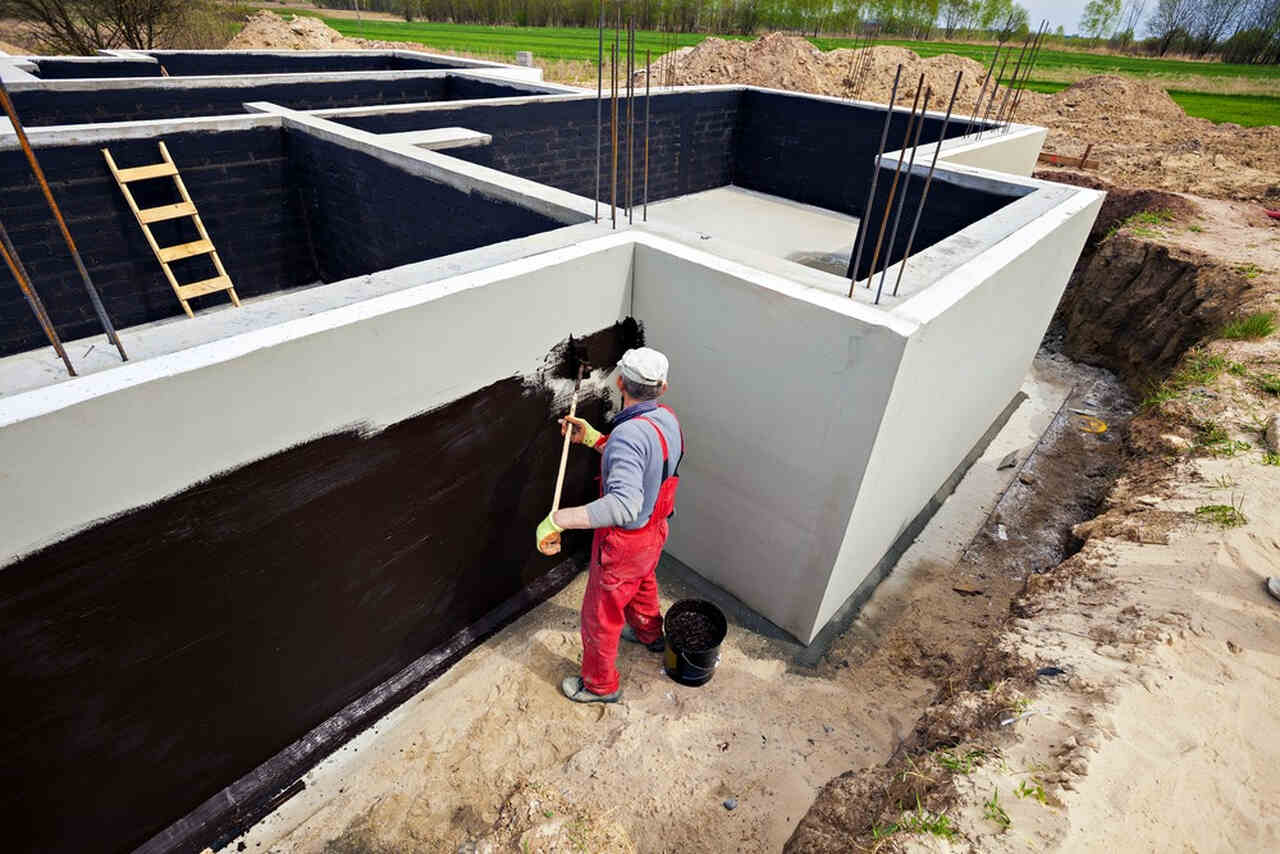
Exterior waterproofing is a process that involves protecting the exterior of a building from water damage. It is accomplished by creating a barrier between the exterior walls and water to prevent water ingress into the structure. When water penetrates the exterior walls of a building, it can lead to structural damage, mold growth, and costly repairs.
Exterior wall waterproofing is an essential preventative measure that can help protect the structural integrity of a building and the health of its occupants. The process typically involves surface preparation, application of waterproofing admixtures, membranes, and especially powdered and waterproofing materials with crystallized concrete additives, drainage system installation, and backfilling.
By waterproofing the exterior walls of a building, property owners can reduce energy costs, prevent water damage and extend the life of their buildings.
How is Exterior Waterproofing Done?
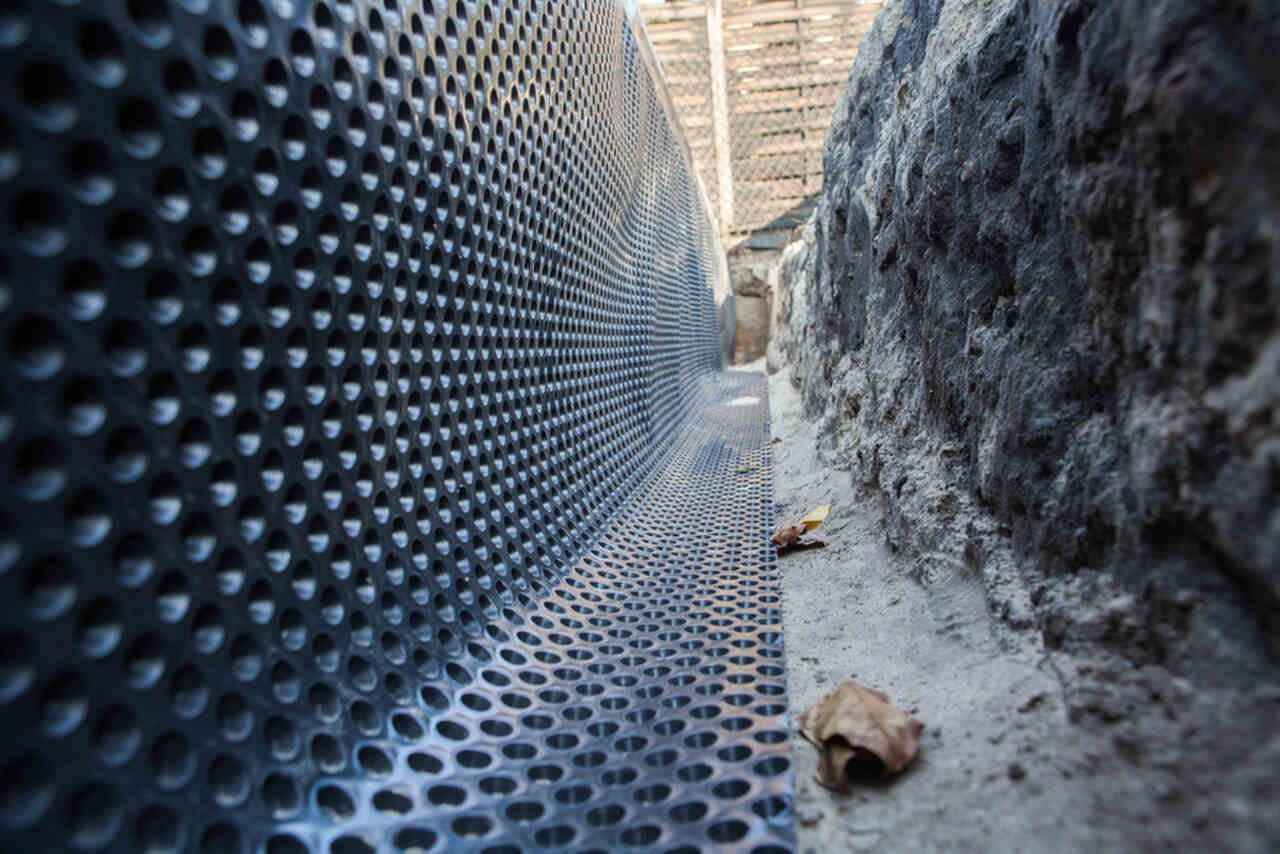
Various techniques and materials can be used in combination to waterproof exterior walls. Here are the most common ways to waterproof exterior walls:
-
Surface Preparation
Before waterproofing, the surface of the facades to be insulated is cleaned and prepared for waterproofing. This process involves removing materials such as dirt and dust from the wall surface.
-
Application of Waterproofing Material
The next step is the application of exterior waterproofing products. This is a method applied to exterior walls to create a barrier between the wall and any liquid that may come into contact with it. Exterior waterproofing products are produced in many different ways today.
In addition to classical methods such as waterproofing membranes, crystalline powder, and liquid additives form an insoluble crystal structure in the capillary cracks and pores in the concrete and make the concrete waterproof stand out with their high efficiency.
-
Drainage System Installation
After the exterior waterproofing material is applied, a drainage system is preferably installed to protect the waterproofing and thermal insulation applied in the foundation and curtain insulation of buildings. This system helps channel water away from the foundation walls and prevent it from seeping into the building. The drainage system consists of perforated pipes lined with gravel to help filter debris.
-
Filling
The final step in the process of waterproofing external walls is filling. This involves filling the cavity created by the excavation with soil. The soil is then compacted to stabilize it and ensure that it does not shift over time.
Why Do Exterior Facades Need Waterproofing?
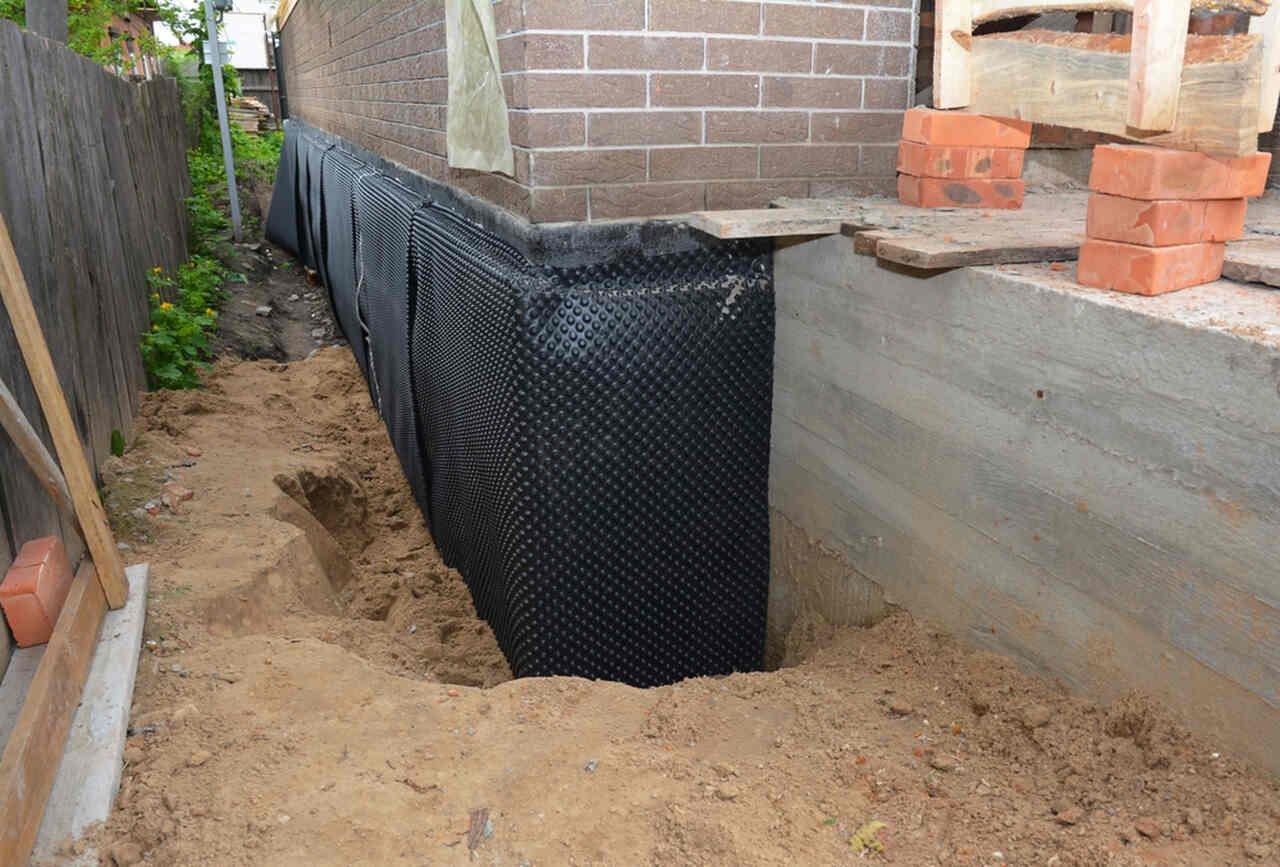
Facades are the outermost surfaces of buildings and are directly exposed to environmental factors. This includes rain, snow, wind, sunlight, and humidity. Over time, these factors can cause exterior materials to deteriorate, crack, rot, and even collapse.
First, water can cause significant damage to the structure of your building. Water-penetrating walls can cause structural damage, including cracks, which can lead to costly repairs.
Secondly, water can also cause mold growth. Mold thrives in damp environments, and when water seeps into walls, it creates the conditions necessary for mold to grow. Mold can cause many different problems in people exposed to it, including respiratory problems, allergies, and other health issues.
Exterior wall waterproofing is done to prevent these problems. Waterproofing membranes, insulation materials, and crystallized powder and liquid concrete admixtures are applied to building walls to prevent water and moisture from seeping in. This makes building walls and materials more resistant to environmental factors and extends their lifespan. At the same time, a healthy and safe living space is created indoors.
Materials Used in Exterior Waterproofing
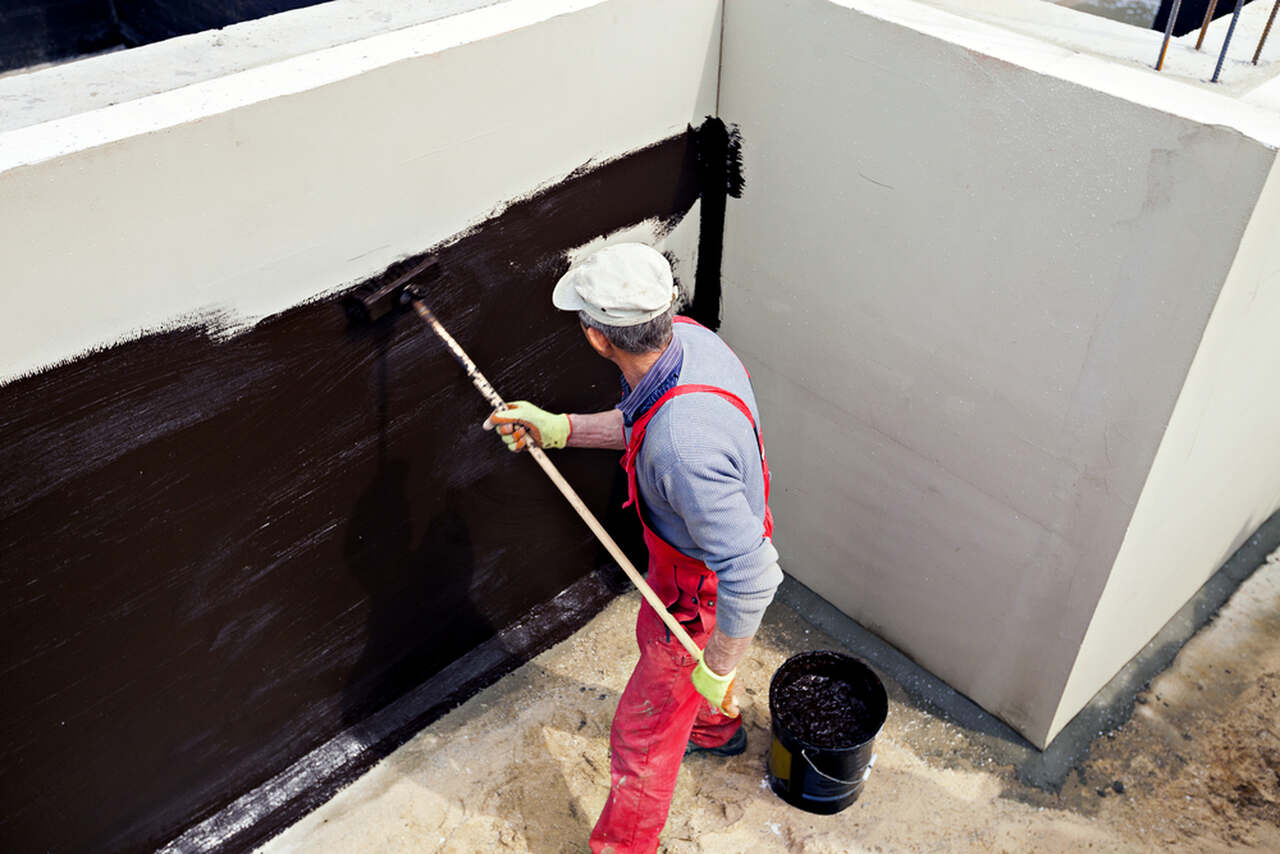
The process of exterior waterproofing involves the use of different materials to create a barrier. These materials are carefully selected based on their properties, durability, and ability to withstand harsh weather conditions. The choice of materials used for exterior wall waterproofing can vary depending on the type of building, its location, and the climate. So let's take a look at exterior waterproofing products!
-
Waterproofing Membranes
Waterproofing membranes are materials used to prevent water leakage in buildings or other structural projects. These membranes prevent water from entering the structures by creating a waterproof barrier. Many different membranes are used in exterior insulation.
Bituminous membranes are made from asphalt or coal tar pitch and are applied to exterior walls to create a barrier against liquids. They are popular because they are affordable and provide excellent protection against water damage.
Bituminous coatings have many advantages. Bituminous coatings provide excellent waterproofing of the surface. Furthermore, bituminous coatings can be easily applied and are generally cost-effective.
Another advantage of bituminous coatings, which are available in the Baumerk product catalog with APP and SBS modified, is that they have a wide range of applications. They can be used in different areas such as roofs, terraces, basement, wall and exterior wall waterproofing, as well as in areas such as viaducts and bridges.
Self-adhesive membranes are a type of insulation material used in waterproofing. Self-adhesive membranes have polyethylene film on one side and removable polypropylene on the other side.
Self-adhesive membranes are very easy to apply. The protective foil on the bottom layer of the membrane is removed and adhered to the surface and thus self-adhesive membranes provide perfect insulation on the surface
-
Cement Based Waterproofing Products
Cement-based waterproofing products are a type of waterproofing material used to prevent water leakage and protect structures against water. These products are mixtures obtained by mixing cement, sand, polymer additives, and water. Thanks to their high adhesion performance and semi-flexible structure, they form a waterproof layer and provide a permanent waterproof coating.
-
Crystalline Powder and Liquid Concrete Admixtures
Crystalline powder and liquid concrete admixtures are a type of chemical admixture that increases the durability of concrete. These admixtures interact with the water in the concrete and form a waterproof layer. This layer crystallizes on the surface of the concrete and increases the water resistance of the concrete.
Liquid concrete admixtures that form a crystallized effect are products that create a waterproof coating and make the structure watertight whenever water comes into contact with concrete. Crystalline waterproofing products, which provide excellent insulation for roofs, basements, terraces, and all other wet areas, form a self-crystallized structure when in contact with water due to its special formulation, filling the gaps in the concrete and creating a waterproof structure.
CRYSTAL PW 25 and CRYSTAL C 320, powder and liquid concrete admixtures with crystallized effect, exclusively produced by Baumerk using the most modern technologies, respond to all your waterproofing needs in the most reliable way!
It is one of the most effective waterproofing methods due to its easy application, environmental friendliness, long-lasting protection, and superior durability. For more detailed information about crystallized waterproofing, we recommend you take a look at our content titled What Is Crystalline Waterproofing? 5 Benefits of Crystalline Waterproofing

We have come to the end of our article in which we answered the question of what exterior waterproofing is in detail and explained how it is done. By investing in exterior wall waterproofing, you can protect your property from costly damage and keep it in good condition for years to come.
Before we forget, let us remind you that you can find exterior waterproofing materials and many other insulation materials among the construction chemicals, waterproofing membranes, and paint&coating products in the Baumerk portfolio! You can contact Baumerk to fulfill your needs in your building projects in the most suitable way, and with the guidance of the expert technical staff, you can have the most accurate solutions!
At the same time, let us remind you to take a look at our content titled What is Wall Waterproofing, How is It Made? and our other blog content!

